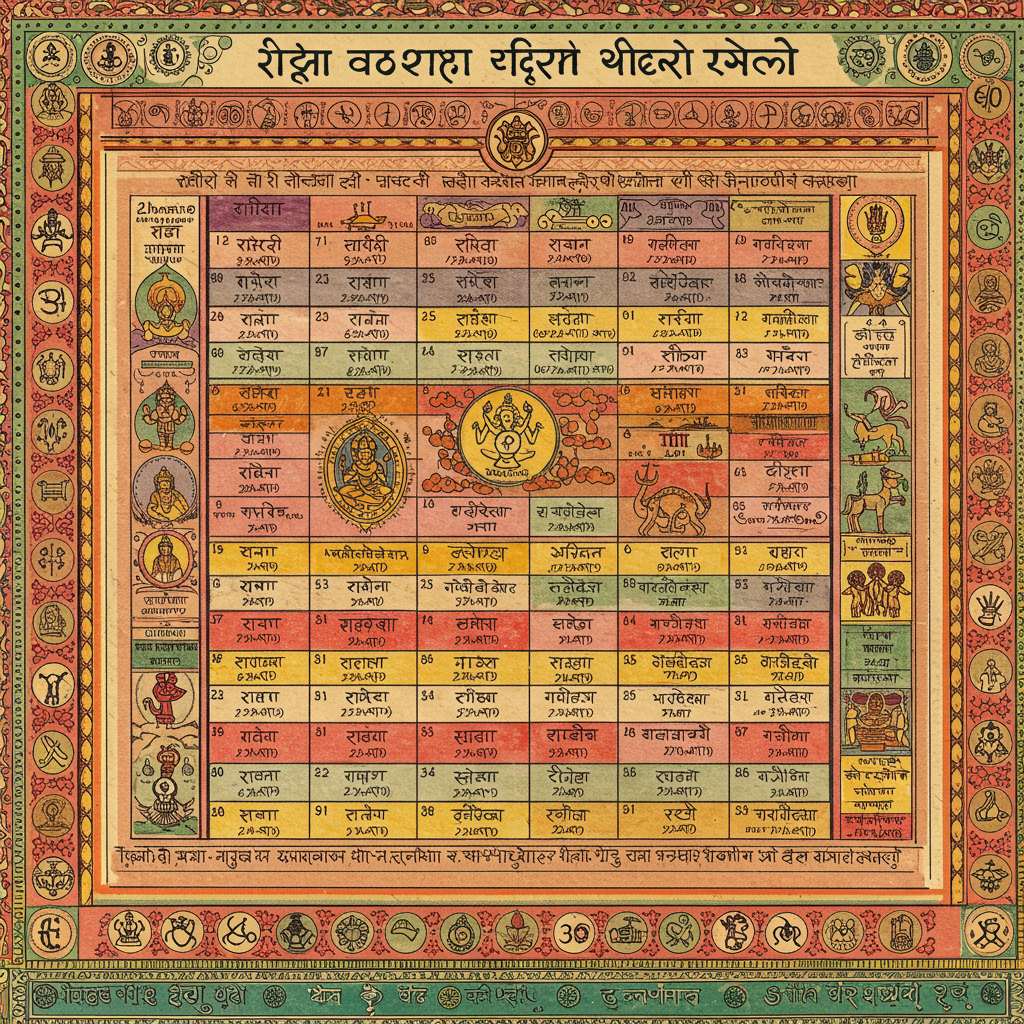Sun Nakshatra Calculator

What is Sun Nakshatra
In Vedic astrology, when we talk about "Sun Nakshatra," we are referring to the specific Nakshatra (lunar mansion) in which the Sun is positioned at the time of a person's birth in their natal chart.
While the Moon's Nakshatra (Janma Nakshatra) is often given primary importance for determining personality, emotional patterns, and daily influences, the Sun's Nakshatra is also highly significant.
Understanding Nakshatras
In Hindu (Vedic) astrology, Nakshatras are fundamental divisions of the zodiac, often referred to as Lunar Mansions. While Western astrology primarily uses the 12 zodiac signs (based on the Sun's position), Vedic astrology gives significant importance to the Moon's position in relation to these Nakshatras at the time of a person's birth.
Here's a breakdown of what Nakshatras are:
- Divisions of the Ecliptic: The ecliptic (the Sun's apparent path across the sky) is divided into 27 (and sometimes 28 in older traditions) sectors, each spanning 13∘20′. These divisions are the Nakshatras.
- Lunar Movement: The Moon takes approximately 27.3 days to complete one orbit around the Earth. As a result, the Moon spends roughly one day in each Nakshatra. This intimate connection with the Moon is why they are called "Lunar Mansions."
- Influence on Personality and Life: Each Nakshatra is associated with:
- A prominent star or asterism: Their names are derived from these celestial markers.
- A ruling planet (Graha): One of the nine planets in Vedic astrology governs each Nakshatra.
- A ruling deity: A specific Hindu deity is associated with each Nakshatra, embodying certain qualities and influences.
- A symbol: Each Nakshatra has a unique symbol that emphasizes its meaning.
- Specific characteristics and traits: These influence a person's personality, emotional patterns, psychological makeup, relationships, health, and career.
- Padas (Quarters): Each Nakshatra is further subdivided into four quarters, or "padas," each measuring 3∘20′. This finer division allows for even more specific astrological analysis
- Importance in Vedic Astrology: Nakshatras are considered crucial for:
- Birth Star (Janma Nakshatra): The Nakshatra in which the Moon is positioned at the time of birth is known as a person's Janma Nakshatra and is highly significant in determining their core nature.
- Personality Analysis: They provide a deeper insight into an individual's character, temperament, and mental and emotional tendencies than zodiac signs alone.
- Muhurta (Electional Astrology): They are used to determine auspicious timings for important events, rituals, and ceremonies.
- Compatibility (Kundali Matching): Nakshatra compatibility is a vital factor in traditional Hindu marriage arrangements, believed to indicate the harmony and prosperity of a couple.
- Dasha Periods: They are used to calculate the planetary periods (Dashas) that determine significant life events and their timing.
In essence, Nakshatras provide a highly detailed and nuanced layer of analysis in Vedic astrology, offering a deeper understanding of an individual's cosmic blueprint and their journey through life.